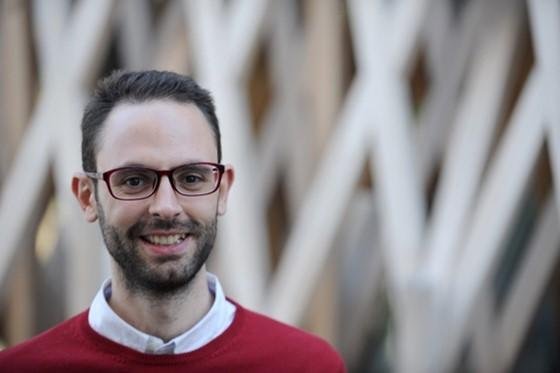The Making of Future Tokyo - The Reason Why the Local Governments Work On the SDGs

Most Tokyoites have never heard of the Voluntary Local Review (VLR), much less know that the Tokyo Metropolitan Government presented theirs on 13 July 2021. VLRs, however, have a critical role to play in shaping the development of cities like Tokyo in the next decade and beyond.
A Beginner's Guide to the 2030 Agenda for Sustainable Development
Let's start with the basics. The 2030 Agenda for Sustainable Development was approved in 2015 by all Member States of the United Nations (UN) and laid out 17 Sustainable Development Goals (SDGs) that serve as a blueprint towards achieving an environmentally sustainable, socially just, and economically prosperous future.
Every year, at the UN's main platform on sustainable development known as the High-Level Political Forum (HLPF), a number of countries voluntarily report on their progress on achieving the SDGs. These reports are compiled into so-called Voluntary National Reviews (VNRs). Japan was among the 42 countries presenting VNRs this year. Japan's 2021 VNR, reflecting on the impact of the COVID-19 pandemic, stems from a wide engagement process between the government and civil society including youth groups. Most importantly, it signifies the country's commitment to realize a future where no one is left behind.
Unfortunately, more often than not, leaders have struggled to turn their ambitious pledges into action. In the past, VNRs have also failed to engage with regional and local governments, which, ironically, are responsible for delivering on more than 60% of the targets tied to the 17 Global SDGs. This shortcoming is slowly starting to be addressed, with some 2021 VNRs—including those of Japan, Malaysia, and Germany—referring to local action.
Local Governments at the Forefront of Sustainable Development
Despite the HLPF being a platform designed for national governments, action at the subnational level has increasingly been gaining recognition in recent years. At the 2018 HLPF, the local governments of Kitakyushu city (Fukuoka), Shimokawa town (Hokkaido), and Toyama city (Toyama) in Japan, and New York City in the USA spearheaded a movement to voluntarily report local actions, track progress, and share lessons learnt towards achieving the SDGs. This gave birth to what is known as the Voluntary Local Review (VLR). VLRs echo the review exercise of national governments in their VNRs. Even though VLRs are yet to be officially recognised, local governments across the globe have joined this movement and are using VLRs as roadmaps to guide strategies to meet their respective 2030 goals.
One of the main benefits of VLRs is that it brings a holistic approach to city-making, helping to connect the dots between the social, economic, and environmental dimensions of development. This is much needed when considering the magnitude of the challenges ahead, from mitigating and adapting to climate change and reducing social and gender inequalities, to recovering better from the COVID-19 pandemic. Although these issues are also critical at the national level, localities are the most basic form of human settlements, where people work and play, relate to each other, and interact with the natural environment. Localities are where actions are ultimately taken.
But the strength of the VLRs goes well beyond easing a holistic approach. While working on my recent report, State of the Voluntary Local Reviews 2021: From Reporting to Action, I had the opportunity to talk to representatives from cities from around the world and learn first-hand of their VLR experiences. For instance, Los Angeles stressed the importance of the VLR development journey (learning more about their city by talking to citizens, identifying policy gaps, etc.) rather than the final product itself. Taking as many forms as there are cities conducting them, VLR offers a great degree of freedom for local governments to tailor the 2030 Agenda making the SDGs work for them and not the other way around.
In turn, VLRs also open possibilities for cities to find additional layers of meaning in their everyday activities. In reviewing policies in light of the SDGs and following the 2030 Agenda's motto of 'leaving no one behind,' VLRs can bring local officials and citizens together. This can take the form of awareness-raising campaigns, city-wide surveys, or workshops with different groups, giving spaces to minority, vulnerable, and disenfranchised populations to participate in city-making.
Finally, the growing importance of the VLR movement in the global conversation on sustainability points to a change in the dominant narrative on the role of cities. Historically, cities had been painted as the epicentre of contemporary crises, with people labelling greenhouse gas emissions and social inequalities as inherently "urban" problems. Now, cities are recognized as agents of change for a better future, and they are praised for their quick and imaginative responses to advance sustainability.
Tokyo Sustainability Action
Of course, Tokyo is among many cities working on achieving the SDGs locally. Entitled "Tokyo Sustainability Action," Tokyo's new VLR report outlines the city's strategies to address formidable challenges, including, but not limited to, recovering from COVID-19, decarbonizing the city, coping with an ultra-ageing and shrinking population, increasing resilience to natural disasters, and confronting the impacts of climate change. In the report, Tokyo presents ambitious mid- and long-term visions for addressing these challenges in 2030, 2040, and beyond.
What I like about Tokyo's local actions towards the SDGs is that they are people-centred. Their main goal is to create a more inclusive city where everybody can thrive, acknowledging that what makes Tokyo one of the greatest cities in the world is its people. Their VLR is therefore a reflection of their vision of building an inclusive city where everybody can thrive and lead sustainable lives.
Tokyo's VLR is based on Future Tokyo: Tokyo's Long-Term Strategy. For example, Strategy for Promoting Women's Empowerment strives to achieve gender parity in leadership positions and among politicians, as well as enabling women to choose how they want to live. Another example is the Zero Emission Tokyo Strategy, which pledges to increase the share of renewable energy to roughly 50% by 2030.
Future Tokyo is already in the making. Throughout its history, Tokyo has demonstrated its resilience, creativity, and commitment to empowering its citizens. Their strategy for the SDGs reflects these qualities and will pave the way for action toward achieving a sustainable, equitable, and thriving Future Tokyo. I hope that Tokyoites can join the Metropolitan Government's efforts in making this vision a reality.





